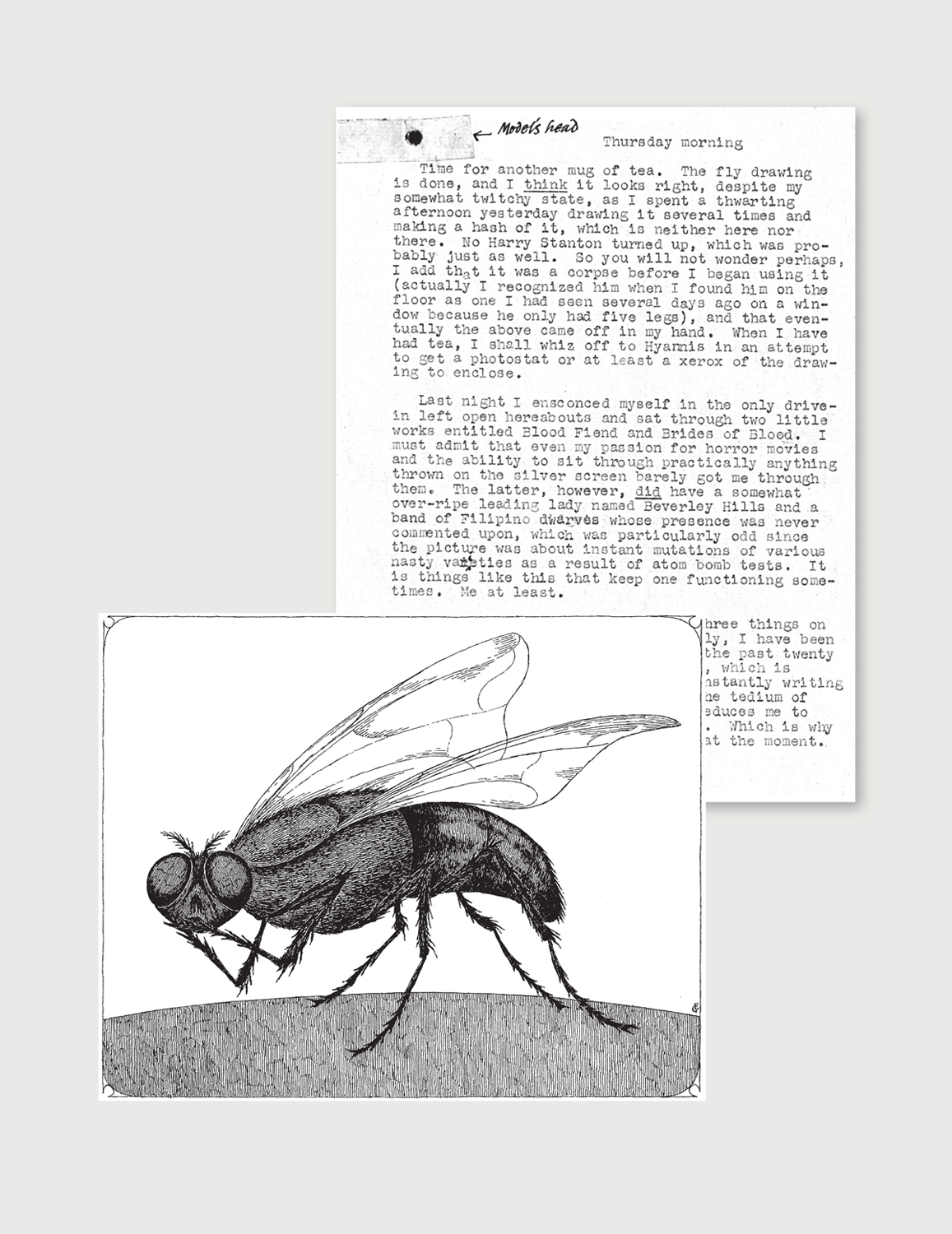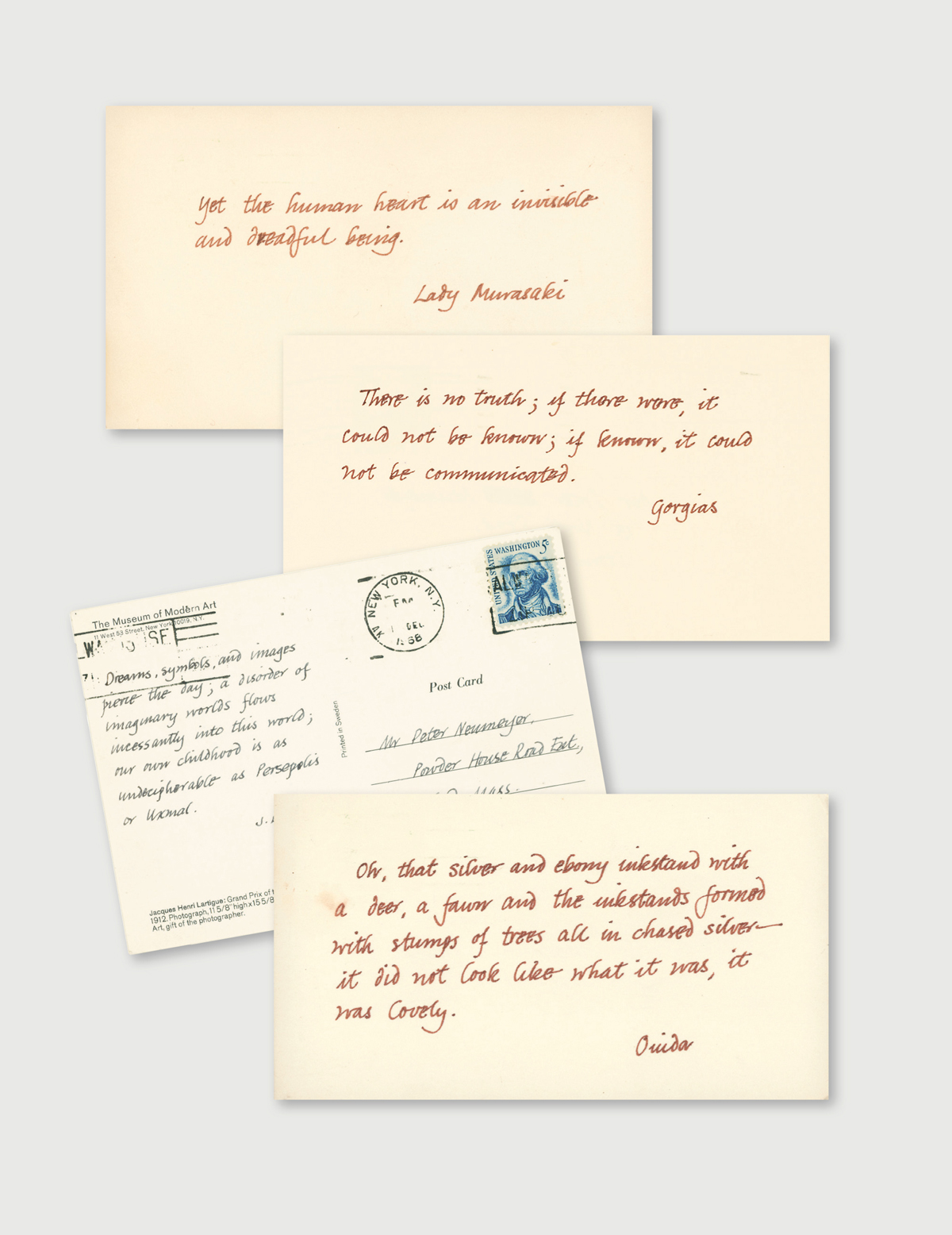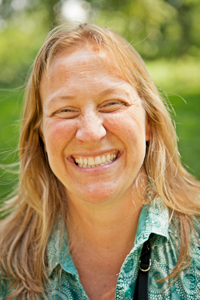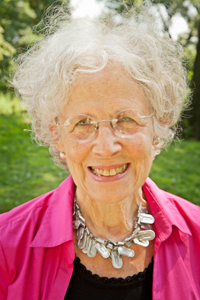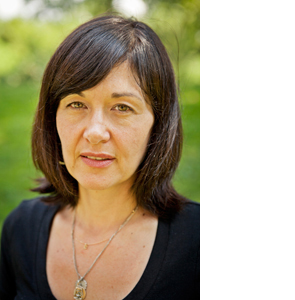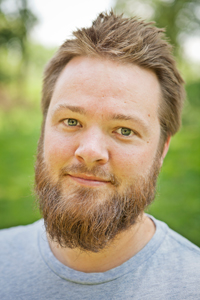Fly for Donald
Early correspondence between Gorey and Neumeyer centered on the children's book Donald and the..., which Neumeyer had originally written and illustrated in watercolor for his children. On the upper left corner of the letter accompanying this housefly illustration, Gorey taped the head of the "model." ("I add that it was a corpse before I began using it," Gorey wrote.)





